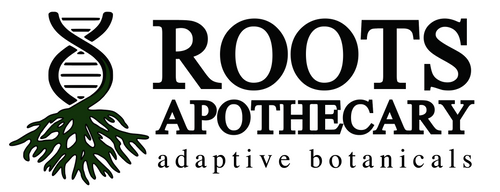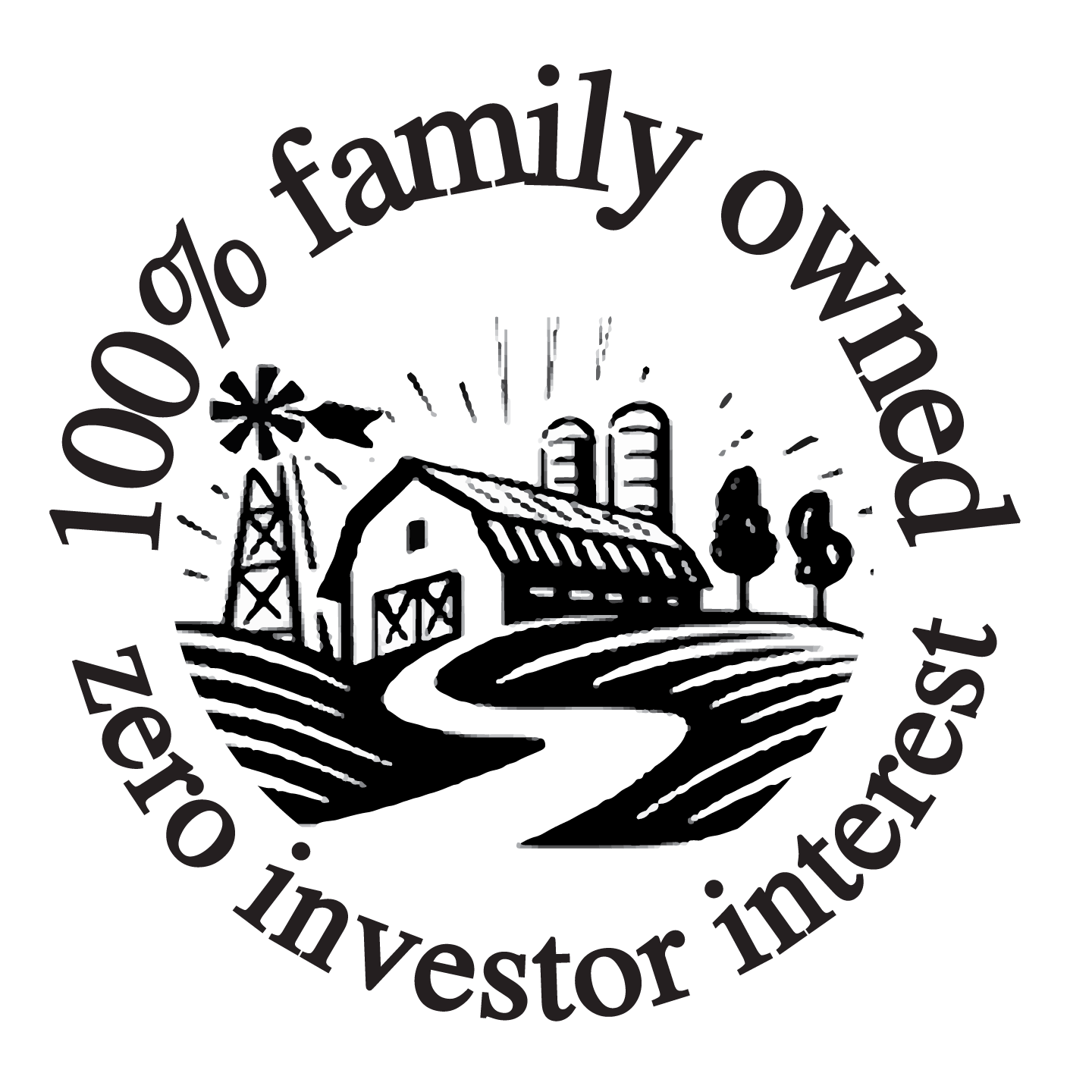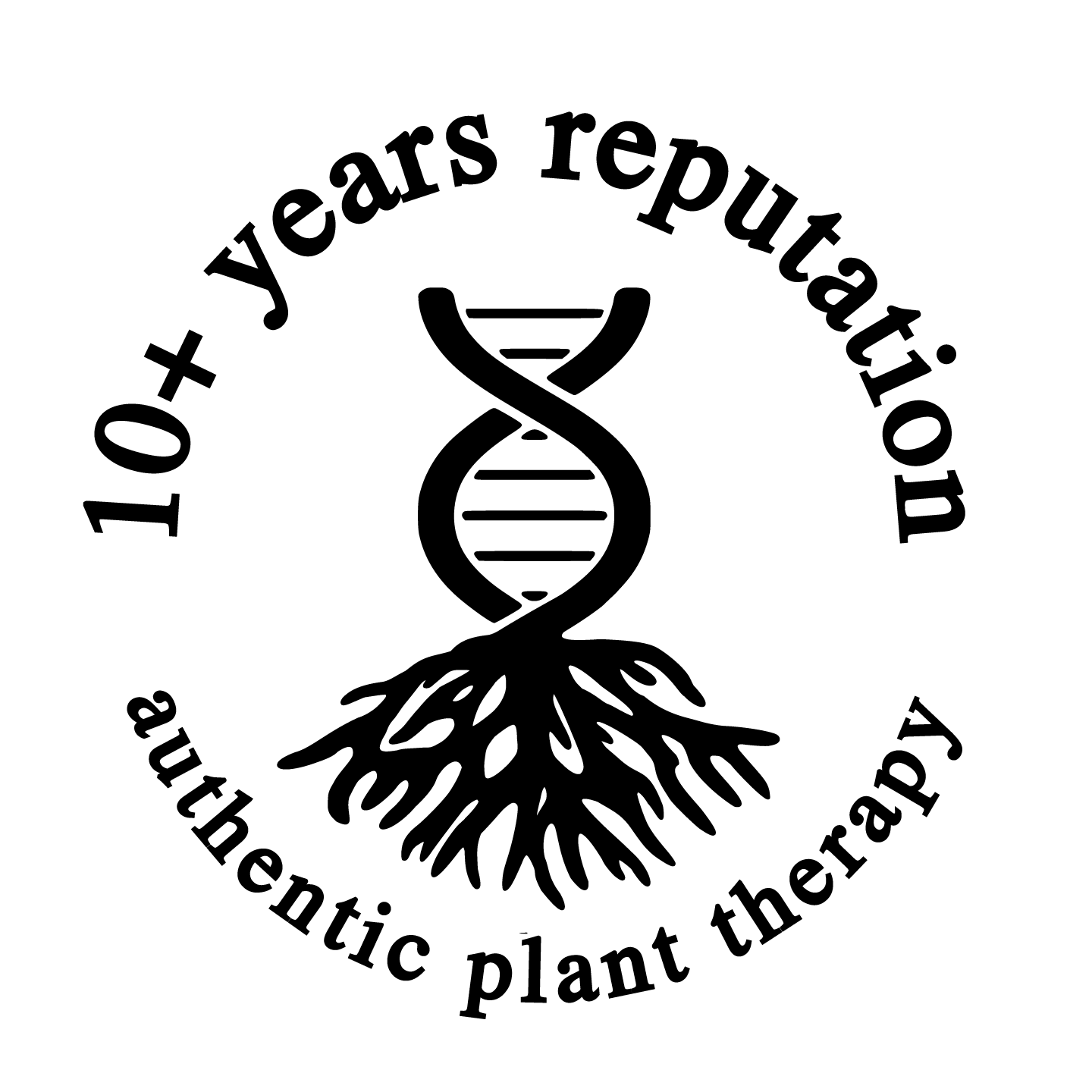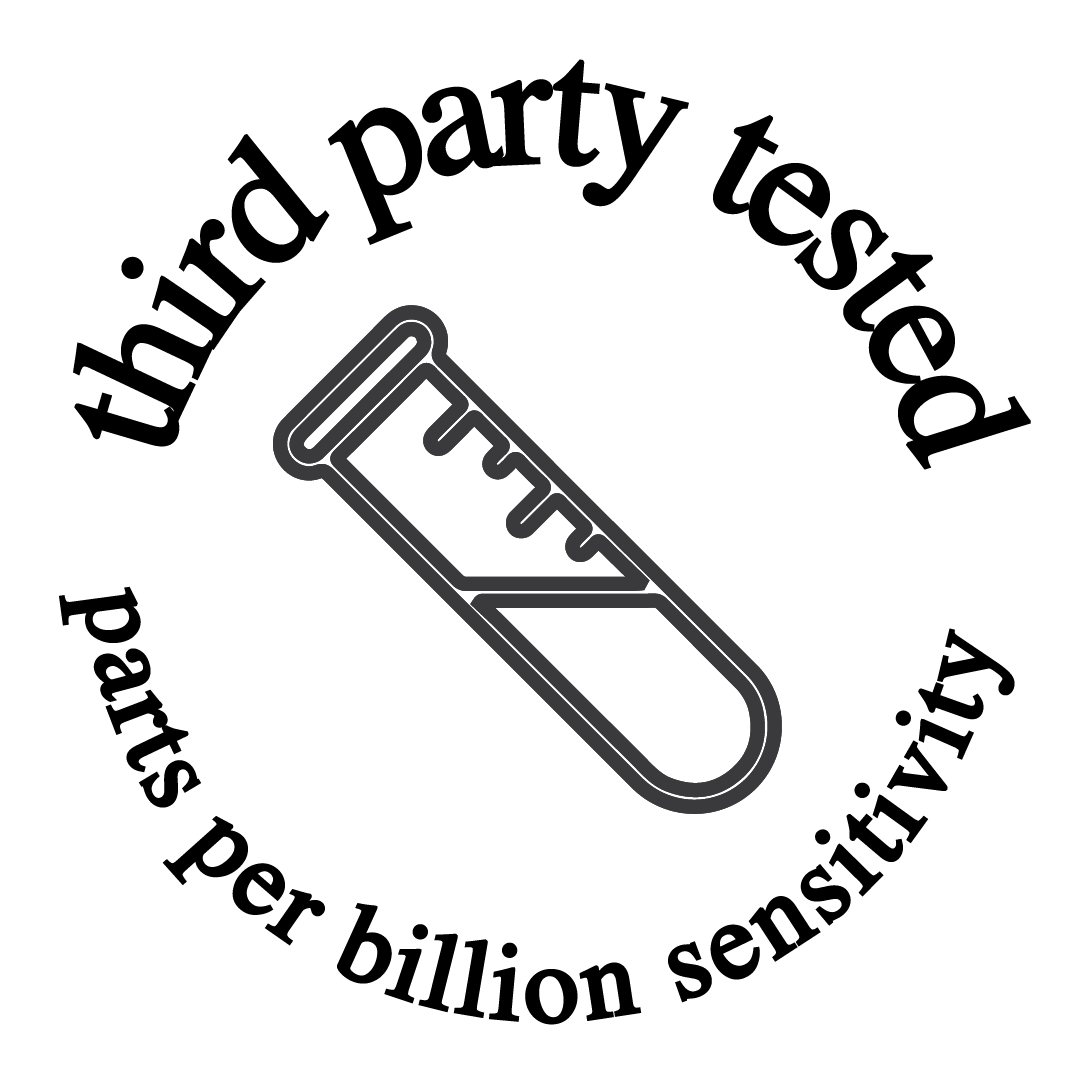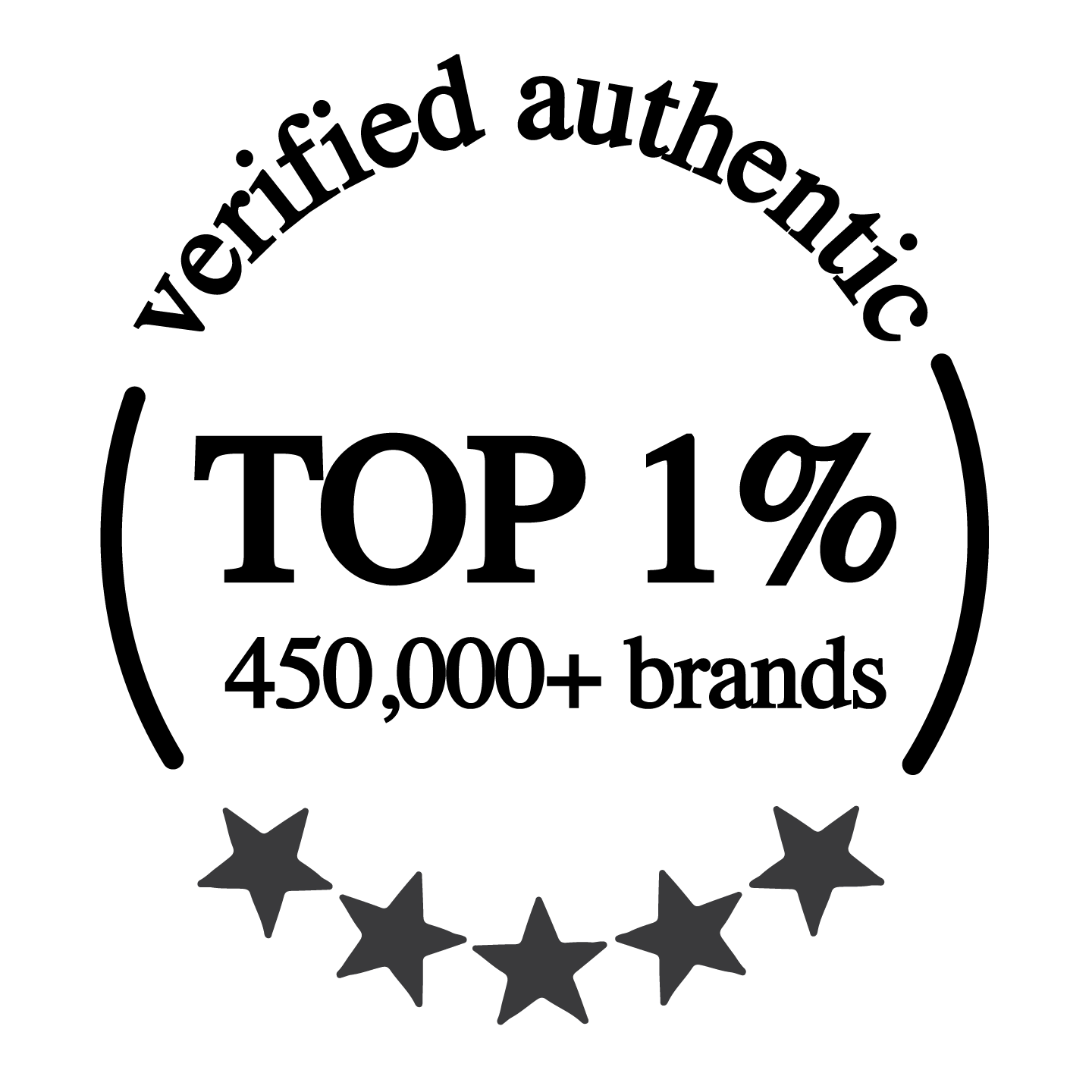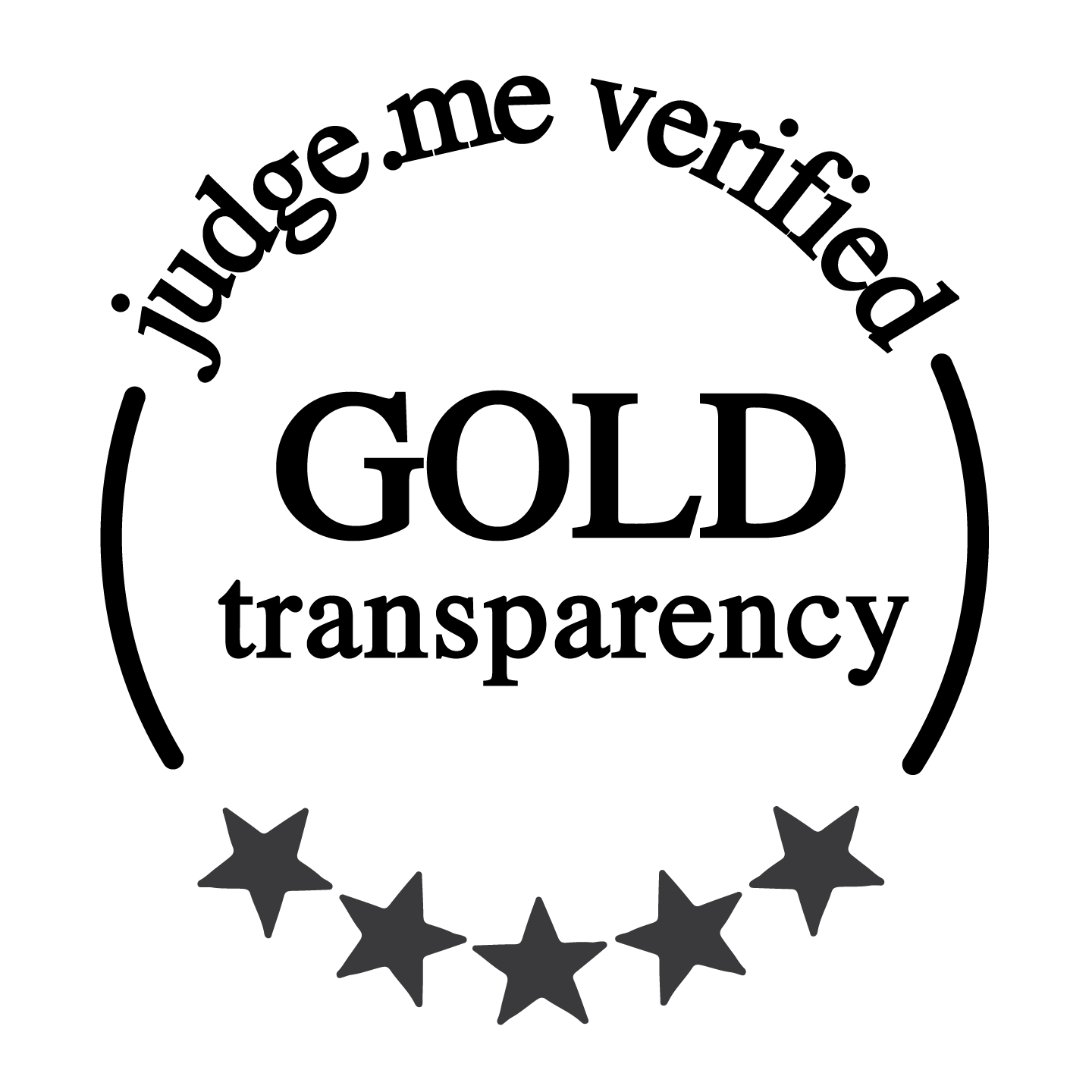saponified

SOAP isn't SOAP if it's not Saponified
Saponification (kind of sounds like SOAP on a Vacation) is not a made up word even though your computer might put a squiggly red line under it. Saponification is science and its how we make all Gaia Natural SOAP. Saponification is actually the ONLY way to make true soap and a lot of companies work around this process because they don't have the patience or they want to cut costs. Without Saponification, you are not making soap, you're just mixing synthetic detergents with fragrances and oils. So how does this process work? I will keep it brief..
The drawing at the top of this page illustrates the very basics of true soap making. This process, Saponification, involves mixing a very specific amount of alkali (sodium or potassium and sodium hydroxide) with triglycerides. The result is SOAP and Glycerol. In the case of Gaia SOAP, all triglycerides are plant based, coming from coconut oil and saponifiable portions of avocado oil and shea butter. The ratio of lye to triglyceride determines the balance of cleansing and moisturizing while the quality / source of triglyceride determines the nourishing properties of the final product. Proper formulation is essential to balance these properties. When the right balance is achieved, you end up with the best SOAP in the world.
SOAP is Probably the Only Thing You Want to Be Super fat
The addition of oils / butters (triglycerides and unsaponifiable portions) beyond saponification equilibrium is called superfatting and its something you want for your soap. Without superfatting, you just have SOAP and glycerol (assuming all oils are 100% saponifiable). If this were the case, you would have a very drying and nutrient stripping product. It's important that SOAP does not strip your skin of valuable moisture and nourishment while cleansing. Superfatting assures a mild cleansing action while replinishing the skin with vitamins, minerals and moisture from the unaponified oils.
Why People Are Afraid of Saponification
Its super crazy and kind of frustrating when I hear people say that Lye SOAP is bad for their skin... This makes absolutely no sense and the offenders are usually misinformed about what lye soap even means. Whether they heard it from someone else, or they had a bad experience with a saponified soap in the past, you cannot blanket REAL SOAP with a bad name because it requires lye to produce. Most people don't even realize that soap is not soap if its not saponified. The alternative is actually worse for your skin and typically contains more toxins, skin irritants and sketchy chemicals to compensate for the properties lost from not utilizing saponification. Anyways, LYE is extremely caustic and will burn the hell out of you in its raw form. However, saponification COMPLETELY CONSUMES ALL LYE in the soap making process. In the case of Gaia Natural SOAP, our PH lands in a perfect range of 7.5-8 and contains absolutely no lye in the final product.
The dryness people assume comes from LYE SOAP is simply insufficient superfatting causing an imbalance in the cleaning, nourishing and moisturizing properties. If you're making your own soap or deciding who to buy from, be sure to do your research and make sure the soap is properly formulated to balance the essential mechanisms of improving and maintaining healthy skin.Keep it natural and keep it real.
Check out the Gaia Handmade Natural SOAP collection
Click here for a more technical explanation of saponification
